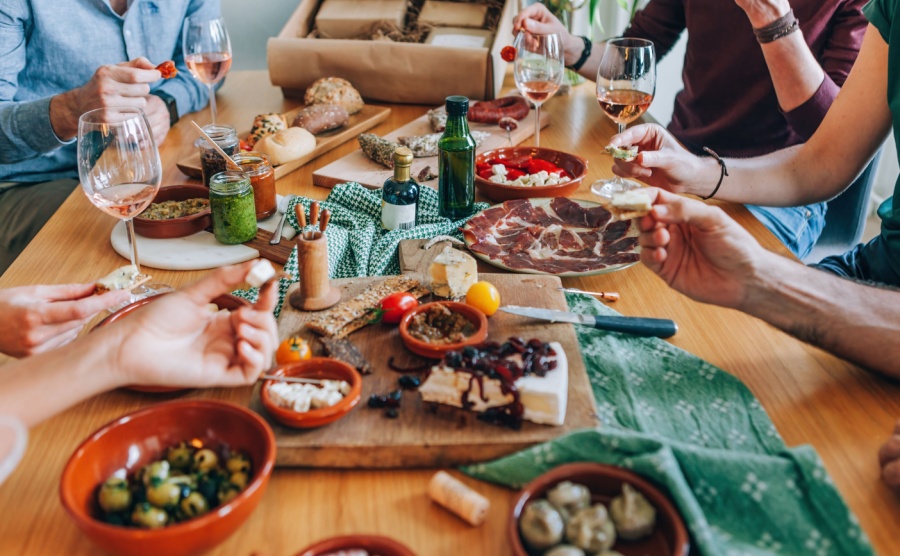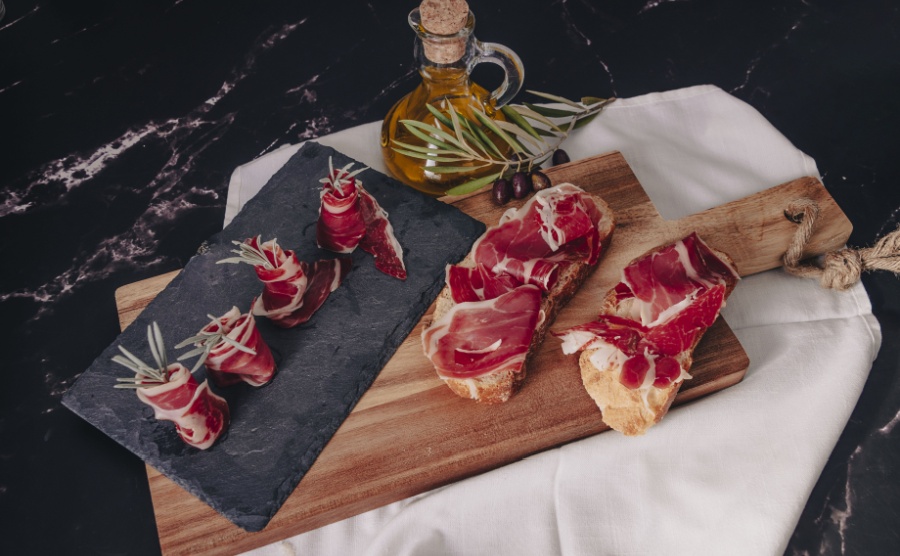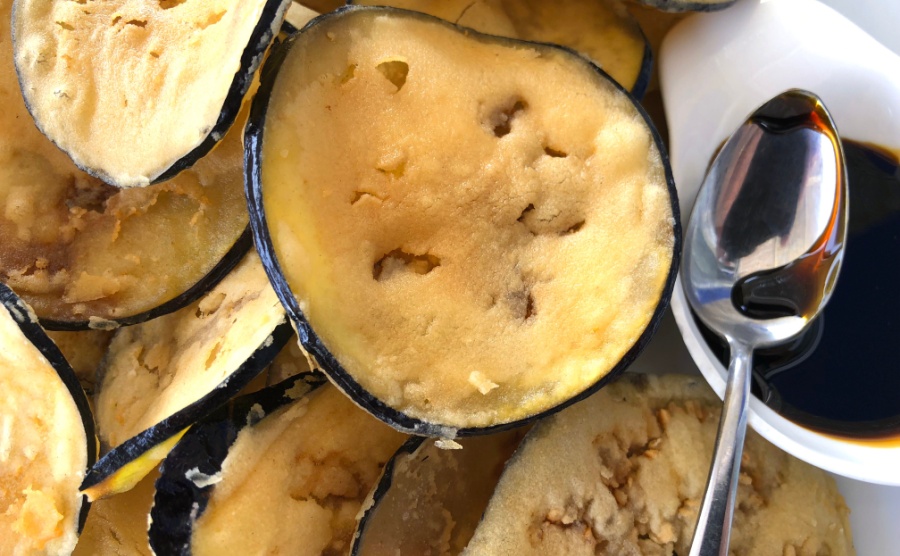Discover the best of Spain’s cuisine via a tour of the country by our expat writer and taster, Sally.
Paella! Well, of course there is Paella in Spain but there are so many other dishes in Spain that Paella represents just a tiny fraction of the wonderful regional cuisine to be found throughout the country. Spanish cuisine is not as renowed as, say, Italian or Indian but it has every right to stand proudly next to them for variety and quality.
Most people have heard of and have probably tried tapas, tasty morsels of bread with toppings or small plates of meat, seafood and cheese enjoyed as snacks in the evenings. However, even tapas vary from region to region, even town to town.
Spain has a huge coastline, stretching almost 5,000 kilometres, so naturally, fish and shellfish feature heavily in the cuisine. But Spain also has several mountain ranges so prime meats such as lamb, goat and beef are the basis of many dishes. Sometimes, they mix the two, fish and meat and it is known as mar y muntaña (sea and mountain).
Let’s not forget pork and ham, the latter renowned worldwide. There are many different types of Spanish ham and some are extremely expensive.
To get your tastebuds working, we will take a tour around the country to look at just some of the wonderful dishes to try.
Find homes in Spain via our property portal.
The Basque Country
Tucked up in the north of Spain and bordering France, the Basque region is home to some of the best dishes. Pintxos are Basque tapas and are found in bars throughout the region.
Basque cod is made with salted cod (this is used throughout Spain and in Portugal. Salt is a way of preserving fish), onions, garlic, Basque choricero pepper (small and quite spicy red chilli peppers), leek and stale bread or flour.
Grilled lamb chops on vine branches. The chops are cooked on an open grill on top of the shoots from the local vines. This gives a unique flavour to the meat which is served crispy on the outside and pink inside.
Potatoes with chorizo. Made with potatoes, garlic, onions, green pepper and paprika.
Extremadura
Located on the Atlantic coast below Portugal, Extremadura is the region of quality ham and cheese.
Jamón Dehesa de Extremadura is a culinary treasure that embodies the essence of Spanish tradition. The term dehesa refers to the expansive natural pastures where these special pigs roam freely, foraging for the finest acorns (bellota) and other natural goodies. This diet is what gives the ham its unique and exquisite flavour.
The ham itself is crafted from the hind leg of the pig and is best enjoyed when stored at room temperature, as refrigeration can diminish its delicate texture and rich taste. Known as the crème de la crème of hams, Jamón Dehesa de Extremadura stands out for its superior quality. However, it’s not alone in the spotlight; other regional hams like Jamón de Guijuelo and Jabugo also boast exceptional quality and are cherished by connoisseurs around the world.
Sea Bass stuffed with Iberian bacon is typical of the mar y muntaña cuisine in Spain. Coriander, leeks and white wine are added to the dish.
Gazpacho de trigueros is a cold soup traditionally made with wild asparagus, garlic, stale bread and chopped hard boiled eggs. Red wine vinegar is added.
Castilla-La-Mancha
The region is best known for its Manchego cheese which you can find all over the country in supermarkets and delicatessens and it is also a big producer of saffron. Game is used throughout the region. Soups are popular everywhere and there is a variation of Gazpacho using Manchego cheese.
Perdiz escabechada. This dish is made with partridge, onions, garlic carrots, white wine and white wine vinegar, paprika, bay leaves and thyme.
Cochifrito. Particularly found in Segovia, this dish of suckling pig is made by cutting the meat into small pieces, adding garlic, salt and olive oil and frying until crisp.
Andalusia
Berenjenas con Miel de Caña. This dish can be enjoyed by vegetarians in a country where meat is predominant. It features aubergines coated in flour and fried in olive oil. When ready, honey is lightly poured onto the vegetables. It is a dish typical of the Moorish influence in Spanish cooking, where savoury and sweetness combine.
Gambas al Pil Pil. A very popular dish, made with prawns, garlic, chilli and parsley, it is served piping hot.
Piononos. Generally found in the province of Granada, Piononos are a dessert of thin pastry, syrup and fresh cream. You can buy them in boxes of six or twelve as they are small, more like petits fours.
Aragon
Ternasco de Aragon. Suckling lamb is often used in sandwiches and is the most typical meat of the region. Ternasco de Aragon with Potatoes is a typical dish using tender lamb. Made with potatoes, garlic, parsley and olive oil, it is both simple and appetising.
Pollo al chilindrón. This stew from Zaragoza is made with chicken, onions, peppers, garlic, sweet paprika, white wine, bay leaves, rosemary, serrano ham and tomato sauce.
Guirlache. Another sweet dish from Moorish times, for some strange reason it bears a name in French. It is an almond nougat, made with toasted almonds and caramelised sugar.
These are but a few examples of Spain’s exceptional cuisine, showing the influence of the Moors and others, using local produce of quality and mainly simple ingredients. If you enjoy good food, why not do a gastronomic tour and sample Spain’s cuisine for yourselves?
You might also like:















